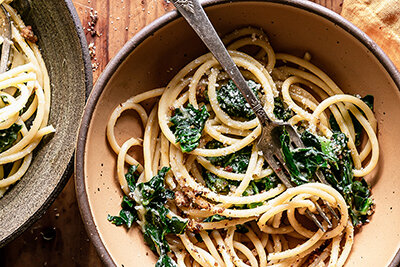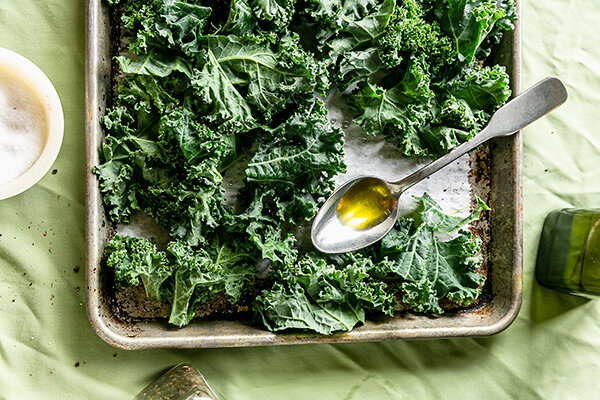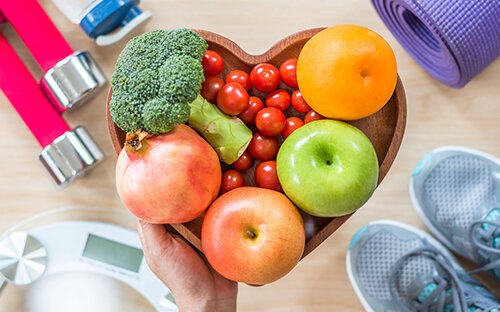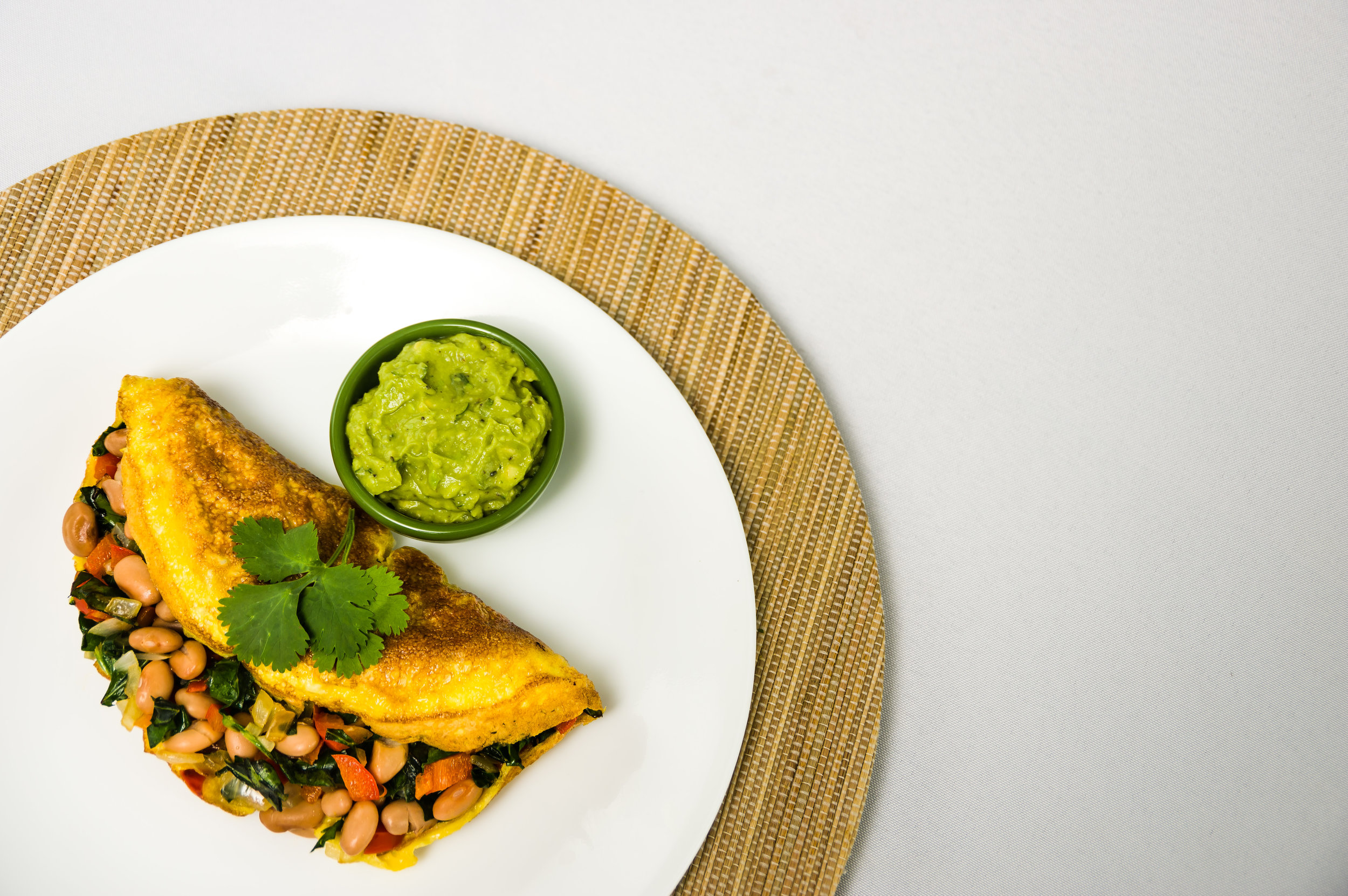Home alone? Well, more like alone together! A rising number of Americans are choosing to live it up like Kevin McCallister, and for more than just a night. The U.S. Census Bureau estimates that there are 36.2 million one-person homes in the country, which accounts for 28% of all households. This percentage has only grown over the years—by comparison, single-person home units represented only 13% of all households back in the 1960s. And if you think this is a uniquely American phenomenon, historical records show that the trend has become increasingly common all over the world.
From delayed marriage to longer life expectancy to greater wealth, it’s hard to pinpoint a single cause for this global wave, but one thing is certain: those who go solo do not have more time to cook and bake than those who live in bigger households. Not only are single dwellers busy, but they additionally value right-sized foods, and they are willing to spend more to get what they want. In fact, a whole new market specializing in small-serving options has emerged recently to cater to the needs of this demographic of predominantly young, affluent consumers.
When it comes to nutrition, however, the trade-off of outsourcing most of your daily meals is the loss of control over ingredients and the resulting food quality. There simply is no replacement for a healthy, home-cooked dish made with farm-fresh greens and specialty vegetables! The first step towards a healthier life is reclaiming ownership of your kitchen, and this month’s recipe selections have been curated to help you achieve exactly that! With few, but quality ingredients that come together quickly, they yield just the right amount of healthy nourishment for anyone living alone.
Greens Trio Breakfast Toast
This toast is a serious game changer! In no more than 30 minutes, you can make a wholesome breakfast that provides healthy fats, protein, and a delightful combination of collard, mustard and turnip greens to start the day off on the right foot.
Just Beet It Kale Salad
Sweet beets with a perfectly seasoned tahini dressing! Perfect for lunch, you can put this bowl from @figgiethefoodie together in no time by simply: massaging kale in olive oil and lemon juice; adding beets, quinoa, and remaining ingredients; and drizzling lemon tahini sauce on top of your masterpiece.
Pantry Pasta with Collard Greens and Breadcrumbs
An easy, yet uniquely flavored pasta dish for dinner? Check. You can cut down on the amount of cooking time for this recipe by having most ingredients prepped and ready to go before you begin. With collards greens, bucatini or another long noodle, butter, grated Parmigiano-Reggiano cheese, breadcrumbs, and seasoning to taste, dinner is already served.
Chocolate Avocado Pudding with Ginger Coconut Kale
Definitely don’t forget about dessert! In a small bowl, combine coconut oil, kale, ginger, and one tablespoon of honey. Stir to coat kale evenly, set aside, and place remaining ingredients in blender or food processor. Then simply layer kale with your fresh pudding mixture, and voilà, your post-dinner sweet cravings are satisfied curtesy of our friend, Cynthia Sass!
Living alone doesn’t have to be synonymous with dine-in or take-out meals at every turn. Explore our website for more healthy recipes that can be easily adapted and tailored to any household configuration!


































